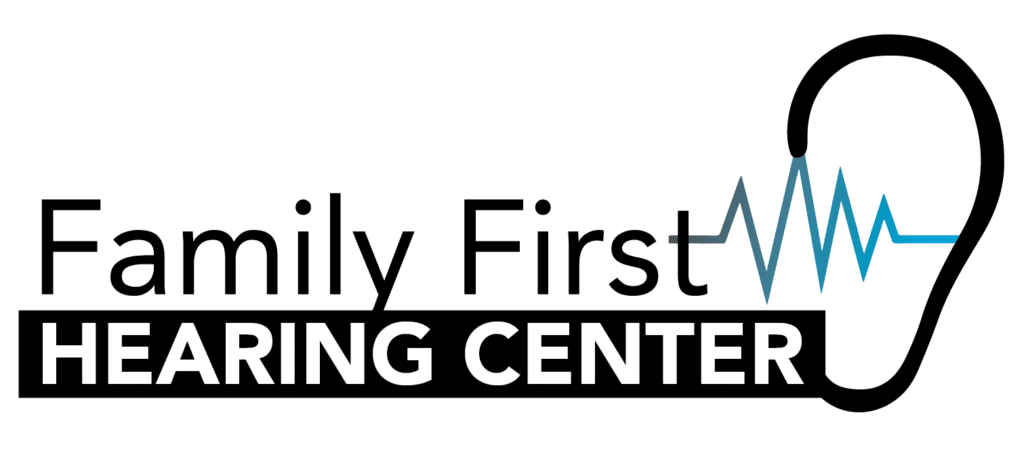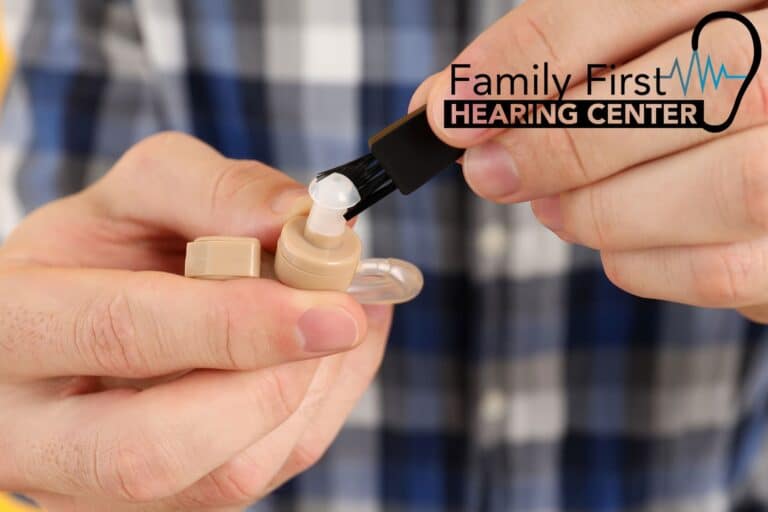Having a clean and properly maintained hearing aid is crucial for those who rely on these devices to enhance their hearing ability. By ensuring that your hearing aids are free from earwax buildup and properly cared for, you can guarantee optimal performance and extend their lifespan. In this article, we will explore the importance of maintaining clean and healthy hearing aids, as well as provide valuable tips for earwax prevention and maintenance.
Understanding Earwax
Earwax, also known as cerumen, is a natural substance produced by the glands in our ear canals. Its primary purpose is to protect the ear canal by trapping dirt, dust, and other foreign particles, preventing them from reaching the delicate structures of the inner ear. While earwax is essential for ear health, it can significantly affect the performance of hearing aids if not properly managed.
When earwax accumulates in the ear canal, it can block the sound from reaching the hearing aid, leading to reduced sound quality or even complete malfunction of the device. Additionally, a buildup of earwax can cause discomfort, itchiness, and even ear infections. It is therefore crucial to take proactive measures to prevent excess earwax and maintain the cleanliness of your hearing aids.
Tips for Earwax Prevention
Preventing earwax buildup is key to maintaining healthy hearing aids. Here are some tips to help you keep your ears clean and minimize the risk of earwax-related issues:
1. Regularly clean the outer ear: Gently wash your outer ear with a soft cloth or towel during your daily hygiene routine. This will help remove any superficial dirt or debris that may contribute to earwax buildup.
2. Avoid using cotton swabs or other objects for ear cleaning: Contrary to popular belief, inserting cotton swabs, bobby pins, or any other objects into your ear canals can do more harm than good. These objects may push the earwax deeper into the ear canal, leading to further complications. Instead, stick to gentle external cleaning.
3. Practice proper ear hygiene: When showering or swimming, use earplugs or suitable protection to prevent excessive water exposure. Excess moisture can make the earwax softer and more prone to buildup.
Cleaning and Maintaining Hearing Aids
Regular cleaning of your hearing aids is essential for optimal performance and longevity. Here are some steps to follow when cleaning your hearing aids:
1. Daily cleaning: Take a few minutes each day to wipe down your hearing aids with a soft, dry cloth to remove any debris or earwax that may have accumulated on the device’s surface.
2. Recommended cleaning tools and solutions: Consult your hearing care professional to determine the suitable cleaning tools and solutions for your specific hearing aids. Avoid using harsh chemicals or alcohol-based solutions, as they can damage the delicate components.
3. Step-by-step guide for cleaning hearing aids: Use a soft brush or specialized cleaning tool provided by your hearing care professional to clean the microphone ports, receivers, and vents of your hearing aids. Be gentle and thorough to ensure the removal of any wax or debris that may affect performance.
Dealing with Earwax Buildup in Hearing Aids
Despite practicing good ear hygiene and regular cleaning, earwax buildup can still occur. Here are some tips for dealing with earwax buildup in your hearing aids:
1. Recognizing the signs: If you notice reduced sound quality, distortion, or intermittent sound when using your hearing aids, it may be an indication of earwax buildup. Additionally, if you experience discomfort or itchiness in your ears, it is essential to check for any accumulation.
2. Safe methods for removing earwax from hearing aids: Use a wax pick or loop provided by your audiologist to gently remove any visible earwax from the hearing aid openings. Be cautious not to push the earwax further into the device.
3. Seeking professional help: If you are unable to remove the earwax using the provided tools or if the buildup persists despite your best efforts, it is crucial to seek professional help. An audiologist or hearing care professional can safely remove stubborn earwax buildup using specialized techniques.
Preventive Measures for Earwax Management
In addition to regular cleaning and maintenance, there are preventive measures you can take to manage earwax effectively:
1. Regular check-ups with an audiologist: Schedule regular appointments with your audiologist or hearing care professional to have your hearing aids professionally cleaned and inspected. They can also check for any signs of earwax buildup or other issues that may affect the performance of your hearing aids.
2. Using wax guards or filters: Consider using wax guards or filters, which are small devices that fit into the hearing aid and help prevent earwax from reaching the internal components. These guards can be easily replaced when needed.
3. Proper storage and maintenance of hearing aids: When not in use, store your hearing aids in their designated case or container to protect them from dust, moisture, and other environmental factors that may contribute to earwax accumulation. Be sure to follow the manufacturer’s instructions for maintenance and storage.
Maintaining clean and healthy hearing aids is vital for individuals with hearing loss who rely on these devices to improve their quality of life. By understanding earwax and implementing proper cleaning and maintenance practices, you can prevent earwax buildup and ensure the optimal functioning of your hearing aids. Remember to regularly clean your hearing aids, practice good ear hygiene, and reach out to us for help when needed. By taking these steps, you can improve the longevity and performance of your hearing aids, ultimately enhancing your everyday hearing experience.



